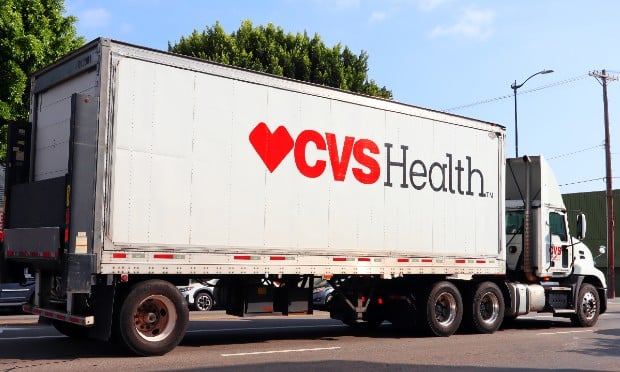
The Great Resignation has officially come to an end as interest hikes, slower wage growth, inflation, and layoffs have prompted more Americans to stay put at their jobs. But while many industries driven by office workers are no longer scrambling to fill roles, there is still a significant shortage of front-line workers nationwide. Nearly half of small business owners recently reported having job openings they couldn't fill. As a result, companies that rely on essential workers have been raising hourly wages and offering creative new benefits to compete in the labor market.
The health care worker shortage is most dire, as their work is quite literally life and death. Many professionals in this industry are understandably burnt out after years of the pandemic, with nearly 1/3 of nurses considering leaving their patient care roles in the next year. As a result, the U.S. currently needs more than 37,000 people to join the workforce across primary care, dental health and mental health. How can we make these roles more attractive to new graduates and career changers, to ensure the American population stays alive and well? The health care industry has pulled a few levers to remedy this, such as redistributing unmanageable workloads, automating workflows, and attempting to expand the labor pool to new entrants, but these solutions have unfortunately proven to be insufficient.
Continue Reading for Free
Register and gain access to:
- Breaking benefits news and analysis, on-site and via our newsletters and custom alerts
- Educational webcasts, white papers, and ebooks from industry thought leaders
- Critical converage of the property casualty insurance and financial advisory markets on our other ALM sites, PropertyCasualty360 and ThinkAdvisor
Already have an account? Sign In Now
© 2024 ALM Global, LLC, All Rights Reserved. Request academic re-use from www.copyright.com. All other uses, submit a request to [email protected]. For more information visit Asset & Logo Licensing.








